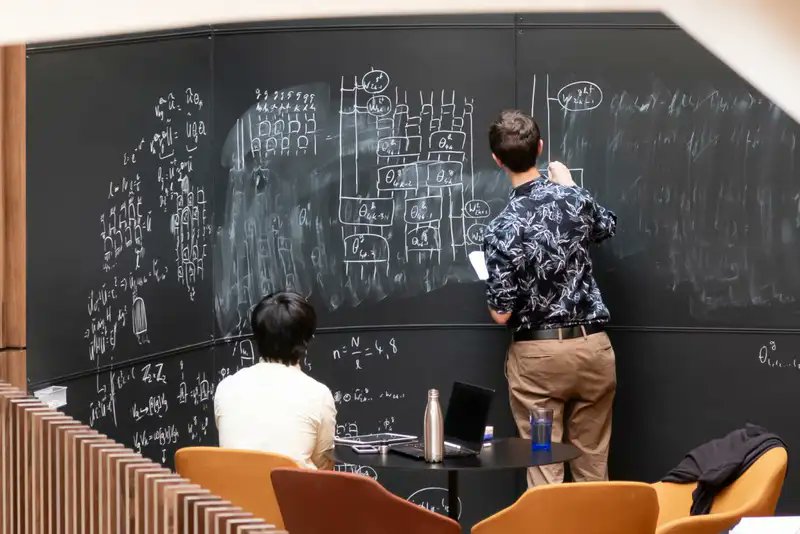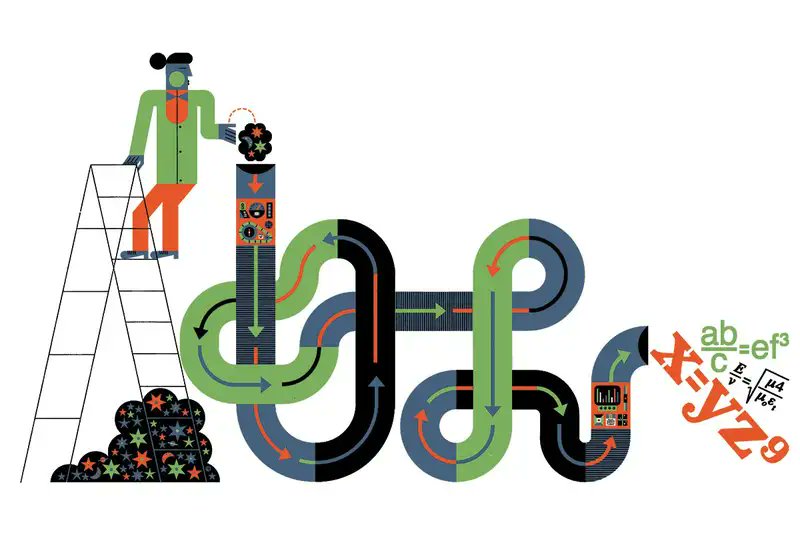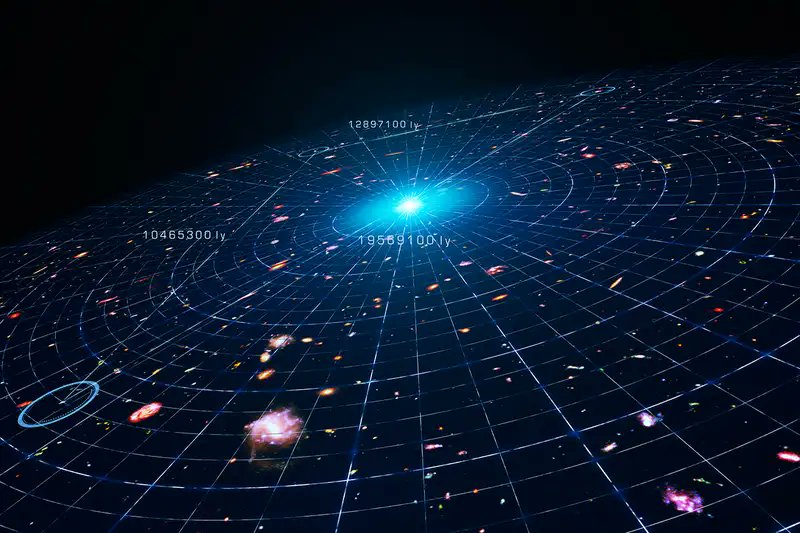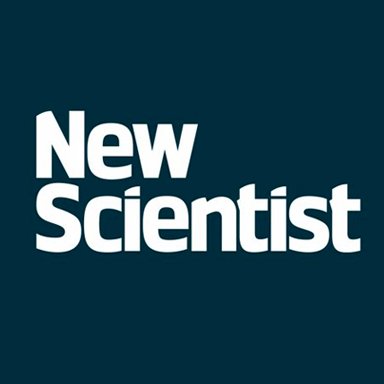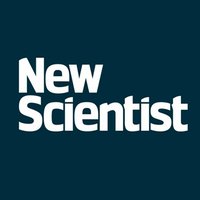
New Scientist@newscientist
Nov 23, 2022
10 tweets
A new kind of hybrid artificial intelligence is offering theoretical physicists a powerful collaborator in the quest to find deeper laws of physics newscientist.com/article/mg2563
In 1980, Stephen Hawking considered the possibility of a theory of everything that would unite general relativity and quantum mechanics – our two leading descriptions of reality – into one neat, all-encompassing equation
We would need some help, he reckoned, from computers
Artificial intelligence has achieved much since then and yet theoretical physicists have been slow to adopt it
This is largely because the deep-learning algorithms behind AIs spit out answers that amount to a “what” rather than a “why”
newscientist.com/definition/art
But now, physicists have found a way to make deep-learning algorithms speak their language
They can leverage AI’s ability to scour vast data sets in search of hidden patterns and extract meaningful results – namely, equations
newscientist.com/article/mg2543
“We’re moving into the discovery phase,” says Steve Brunton (@Steven Brunton) at @University of Washington
By combining deep learning and a technique called symbolic regression - which essentially runs through various possible mathematical operations and combinations of physical variables - AIs are able rediscover known laws of physics from raw data, such as Newton's laws of gravity
Applied to the glut of new astrophysical data, an algorithm called PySR is beginning to discover new equations that describe diverse and interrelated features of the cosmos
Pablo Lemos (@Pablo Lemos) at @Université de Montréal, who was involved in AI’s rediscovery of Newton’s law of gravity, suspects that symbolic regression could soon weigh into debates about the nature of dark matter and dark energy
newscientist.com/article/mg2443
Meanwhile, physicists are trying to figure out which bits of the human theorist’s playbook should be enshrined in their machine counterparts and which should be left out to make sure they don’t get stuck in the same ways we have
newscientist.com/article/mg2533
Now that physicists and artificial intelligence have found a common language, we might see a new kind of collaboration
“It feels to me like the beginning of a sea change,” says Jesse Thaler at @Massachusetts Institute of Technology (MIT)
To learn more, read @Thomas Lewton’s feature: newscientist.com/article/mg2563
Missing some tweets in this thread? Or failed to load images or videos? You can try to .

